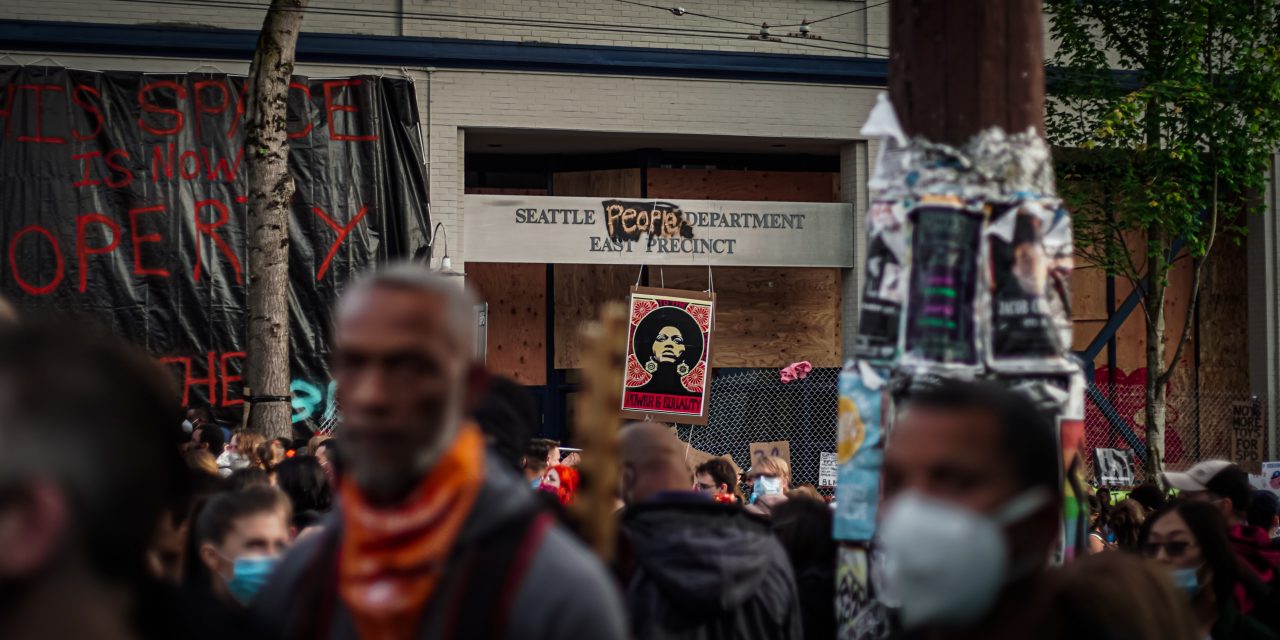Capitol Hill, Seattle, USA. Photo by Jake Schumacher on Unsplash.
By Liem Solow
Last summer, protests broke out in Seattle and across the world, denouncing racial injustice and police brutality, sparked by the murders of Breonna Taylor and George Floyd. For months, a combination of mass protests and violent riots continued unending, with activists demanding reforms to the justice and law enforcement systems. As a new Presidential Administration has just arrived, one that has vowed to address and resolve these problems, how successful were the numerous protests at enacting the desired changes?
Here in the Seattle area, the police response to the protests, some of which amassed more than 60,000 people, were not taken kindly by demonstrators. Many accused the Seattle Police Department (SPD) of overzealously attempting to put down what were largely peaceful protests. Their extreme use of crowd control munitions, officers refusing to provide identifying information upon request, instigating confrontations with peaceful protestors, and illegally arresting foreign journalists, have all been cited as examples of the very brutality that protestors were up in arms about. Actions like these angered protesters into more violence, with buildings being vandalized, stores being looted, and vehicles being destroyed, culminating in Former President Trump’s deployment of ICE officers to the city. The Former President’s choice to utilize Federal Law Enforcement made international headlines due to their blatant disregard for due process, which only gave protestors more cause to protest. Suffice to say, police actions did little/no good in regards to quelling anger and resentment towards themselves, and they certainly did not put a stop to the rioting.
Lasting for months after they began in May, protesters continued to make large showings in order to demand significant reforms from public officials. Multiple attempts to recall the mayor, Jenny Durkan, were unsuccessful, as Washington’s Supreme Court stated “The allegations of public endangerment were…legally insufficient.” Though Mayor Durkan has confirmed that she won’t be running for re-election this November, a move which some of her detractors have considered to be a win in and of itself.
Demonstrators also made repeated changes within the SPD. Calls for significant budget cuts to the department, which had more funds allocated to it than all other public service departments in Seattle combined, receiving more than $400 million dollars in 2019, where among the demands that protestors chanted while marching down the streets. While the asked for 50% cuts were not met, Seattle City Council’s 2021 budget did reallocate approximately $75 million dollars, or 18% of the SPD’s previous budget. Many within the SPD were disgruntled by the cuts, resulting in over 100 officers and Carmen Best, Chief of Police, resigning their commissions. And while the funds have been promised to be invested in community oriented programs, many activists say that it is not enough, as they accuse officers of abusing overtime pay systems. Speaking with John Aarons, a staffer in Seattle’s Budget Office, here’s what he had to say when asked for his opinion on Seattle’s new budget. “In line with our promise towards Seattle’s BIPOC community, City Counsel agreed not only to transfer a large amount away from the [Seattle Police] Department’s funding, the city will spend just over $100 million on underserved communities. I personally believe this to be a great step in the right direction for our city, as we juggle annual issues like homelessness, on top of the health and economic disaster that has been the Covid-19 Pandemic.”
Aarons continued, showing his support for the new Presidential Administration, saying he’s optimistic about receiving additional federal aid. He went on to say that, while he understands the frustration and sentiment behind wanting to induce further budget cuts to the SPD, he says that the city wouldn’t be able to handle another wave of resignations. He says that emergency response times have increased, as has the need to pay for overtime, due to the relatively sudden staffing shortage, and that additional funds being cut would strain the system even further.






